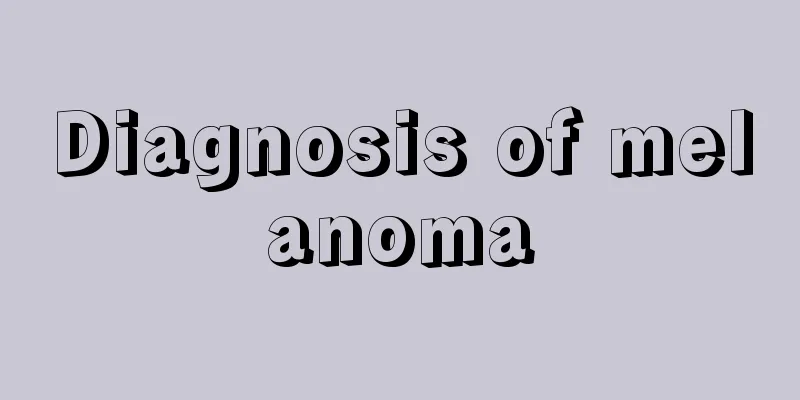What is the hamartoma in the kidney?

|
Renal hamartoma is a common benign tumor, mainly composed of blood vessels, smooth muscle and adipose tissue. The etiology is complex, involving genetic, environmental, physiological and pathological factors. 1. Genetic factors: Renal hamartoma is closely related to heredity, especially in patients with familial tuberous sclerosis, the genetic risk is significantly increased. This disease is an autosomal dominant genetic disease, and patients often have hamartomas in multiple organs. 2. Environmental factors: Long-term exposure to certain chemicals or radiation may increase the risk of renal hamartoma. Toxins and pollutants in the environment may affect the normal development and function of kidney cells. 3. Physiological factors: The occurrence of renal hamartoma may be related to abnormalities in embryonic development. During embryonic development, the differentiation and maturation of renal tissue are impaired, which may lead to the formation of hamartoma. 4. Pathological factors: The pathological characteristic of renal hamartoma is that the tumor is composed of different proportions of blood vessels, smooth muscle and adipose tissue. According to the different tissue components, it can be divided into vascular type, smooth muscle type and mixed type. Treatment for renal hamartoma includes: 1. Observation and follow-up: For small and asymptomatic hamartomas, regular observation is usually recommended, with ultrasound or CT examinations every 6-12 months to monitor changes in tumor size and symptoms. 2. Drug therapy: For symptomatic or rapidly growing hamartomas, anti-angiogenic drugs or hormone therapy may be considered to slow tumor growth. 3. Surgical treatment: For larger or symptomatic hamartomas, surgical resection may be an option. Common surgical methods include: Laparoscopic partial nephrectomy: suitable for hamartomas confined to a certain part of the kidney. Open partial nephrectomy: Suitable for larger hamartomas or tumors located deep in the kidney. Nephrectomy: This should only be considered when the hamartoma has extensively invaded the kidney and partial resection is not possible. The key to preventing renal hamartomas is early detection and proper management. Regular physical examinations, paying attention to kidney health, and avoiding exposure to harmful substances are important preventive measures. If kidney abnormalities are found, you should seek medical attention in time for further examination and treatment. Through scientific prevention and management, the risk of occurrence and development of renal hamartomas can be effectively reduced and kidney health can be protected. |
<<: Is pituitary tumor serious and can it be cured?
>>: Early symptoms of sarcomatoid lung cancer
Recommend
What are the magical uses of ginger juice
Ginger is a common ingredient in our daily life. ...
How to remove scale from a stainless steel electric kettle
If a stainless steel electric kettle is used for ...
Analysis of the four common complications of melanoma
Melanoma is a relatively serious surgical disease...
How to remove oil stains from clothes
How to remove oil stains on clothes is a very hea...
Can I eat duck meat while taking Chinese medicine?
The most important thing about traditional Chines...
Analysis of some common clinical causes of prostate cancer
The appearance of prostate cancer is a serious bl...
Sequelae of artificial lens implantation
Nowadays, there are more and more high-tech produ...
Alanine aminotransferase is high
Alanine aminotransferase can well measure the abn...
How long can a patient with malignant alveolar lung cancer in the hilum of the lung live? How to treat alveolar lung cancer?
Lung cancer occurs in the bronchial mucosal epith...
Analysis and treatment of the causes of osteosarcoma recurrence
After scientific treatment of osteosarcoma, we ne...
Will my face become smaller after wisdom teeth are removed?
Some people may suddenly grow wisdom teeth after ...
What to do if your nose is dry and painful
There are many reasons for dry and sore nose, but...
Introduction to the symptoms of four major brain cancers
Brain tumors may compress nerves in the brain, le...
What should liver cancer patients eat? Liver cancer patients should remember the four principles of not eating
What should liver cancer patients eat? What is th...
What are the benefits of washing your face with honey water
Everyone knows that drinking honey water regularl...









